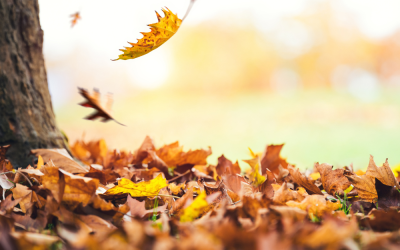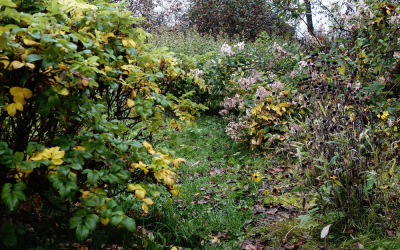Planting trees on your property can enhance its beauty, provide shade, improve air quality, and contribute to a healthier environment. However, selecting the right tree for your specific needs and location is crucial for its long-term growth and well-being. In this guide, we will walk you through the essential factors to consider when choosing a tree for your property, ensuring that your investment thrives and benefits you and your community for years to come.
Consider Your Climate and Hardiness Zone
One of the first things to consider is the local climate for your property location as different tree species thrive in specific climate zones. Then, determine the hardiness zone of your area to identify trees that are well-suited to your area. Native trees often adapt better to local weather conditions, making them a sustainable choice.
Here is a map that can help you find out which hardiness zone you’re in, in the UK.
Assess Your Soil Type and Drainage
Soil composition plays a significant role in a tree’s growth. Different trees have different soil preferences, so it’s important to understand the type of soil you have. Clay soils tend to be heavy and retain water, while sandy soils are loose and drain quickly. Some trees prefer acidic soils, while others thrive in alkaline conditions.
Conduct a soil test to understand your soil’s pH, nutrient levels, and drainage capacity. This information will help you choose a tree species that matches your soil’s characteristics, ensuring optimal growth.
Follow this guide from the RHS on how to test your soil.
Evaluate Available Space
Consider the available space on your property where you’d like to place the tree. Large trees, such as oak or maple, require ample space both above and below the ground. And, you want to avoid planting trees too close to structures or power lines to prevent future complications. Additionally, think about the tree’s mature height and canopy spread to ensure it won’t obstruct views or sunlight.
Determine Your Purpose and Preferences
Why are you thinking about planting a tree; are you looking for shade, privacy, aesthetic appeal, or environmental benefits? Trees offer various advantages, such as reducing energy costs by providing shade, attracting wildlife, and improving air quality by absorbing pollutants. Understanding your goals will help you select a tree species that aligns with your objectives.
Consider Maintenance Requirements
Consider the maintenance needs of different tree species as some trees require regular pruning, while others are relatively low-maintenance. how willing and able are you to invest time and effort into tree care? Choose a tree that matches your maintenance capabilities to ensure its long-term health and vitality.
Research Different Tree Types and Their Benefits
There are a vast number of tree species to choose from, each with its unique characteristics and benefits. Some popular options include:
Shade trees:
These trees provide ample shade, making them ideal for patios, decks, and play areas. Examples include maples, oaks, and elms.
Flowering trees:
These trees add a burst of colour to the landscape with their vibrant blooms. Popular choices include crabapples, dogwoods, and redbuds.
Evergreen trees:
These trees retain their foliage throughout the year, providing a sense of structure and privacy. Examples include pines, spruces, and firs.
Fruit trees:
These trees produce delicious fruits for you to eat. Popular choices include apples, pears, and fig.
Seek Expert Advice
If you’re not sure which tree is right for you and your property – or where might be best to place the tree, then it’s always wise to speak to an expert arborist. They can help you identify trees that are well-suited to your climate, soil conditions, and available space.
Remember, planting a tree is an investment in the future. With proper care and thoughtful selection, your chosen tree will grow into a majestic, eco-friendly addition to your property, providing numerous benefits for generations to come. Happy planting!



